A 90% clean grid by 2035 would be cost-effective, says a report from UC Berkeley and GridLab; a companion policy paper calls for a federal renewables mandate to get there.
Under a 90% clean grid, wholesale electricity would cost less than it does today. And although a 55% clean grid in 2035 would have even lower electricity prices, when environmental and health damages from fossil fuel use are counted, the 90% clean grid would cost less.
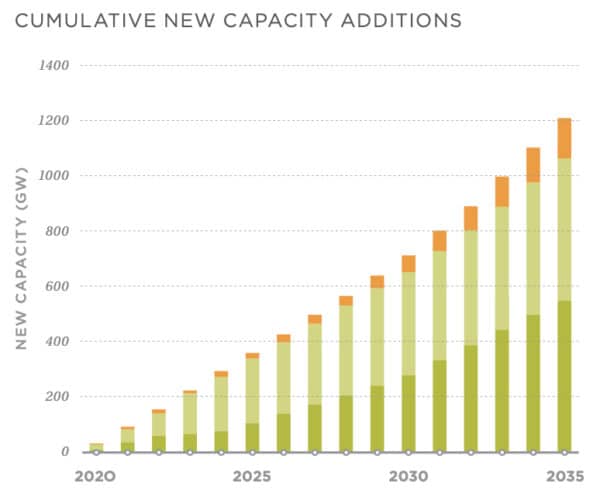
To reach a 90% clean grid, an average of 70 GW of solar and wind generation would be added per year, reaching 1100 GW by 2035. A buildout of this magnitude is “challenging but feasible,” says the report. Interconnection queues already include about half that amount of renewable capacity, the authors note, and the U.S. once added 65 GW of gas capacity in a single year. The chart at right shows the plan adding 505 GW of solar by 2035 (light green), of which 60 GW would be distributed solar, plus 445 GW of wind power (dark green) and 150 GW of four-hour batteries (orange).
For comparison, a team of 45 scientists and industry leaders has outlined in the journal Science a path to increase global PV capacity 20 times by 2030; a twenty-fold increase in the U.S. would see PV capacity reach 1600 GW by 2030.
The research team examined the feasibility of a 90% clean grid, which includes nuclear power, by using the same resource planning models used by electric utilities.
The report’s first sentence references the United Nations call for cutting global carbon emissions in half by 2030 to “avoid catastrophic climate impacts.” The path to a 90% clean grid would cut U.S. economy-wide emissions by 18% by 2030, said co-author David Wooley, director of the Center for Environment and Public Policy at UC Berkeley. “To achieve a U.S. share of a global 50% cut will require additional emission reductions in transportation, buildings and industry,” he said.
While the 90% clean analysis did not consider electrification of those sectors, a separate analysis that does so will be presented in a forthcoming appendix, the report says, along with an analysis that evaluates “internalizing the societal costs of CO2 emissions.”
Policy needed
Without policy measures, only a 55% clean grid would be reached by 2035 under “business as usual,” which counts the added renewable capacity implied by existing state-level renewables mandates.
A companion policy paper from the consultancy Energy Innovation recommends a federal clean electricity standard of 90% by 2035, with interim targets until that year, and reaching 100% clean by 2045. The paper also favors extending federal clean energy investment and production tax credits, especially in the absence of a federal clean electricity standard.
Renewable cost projections
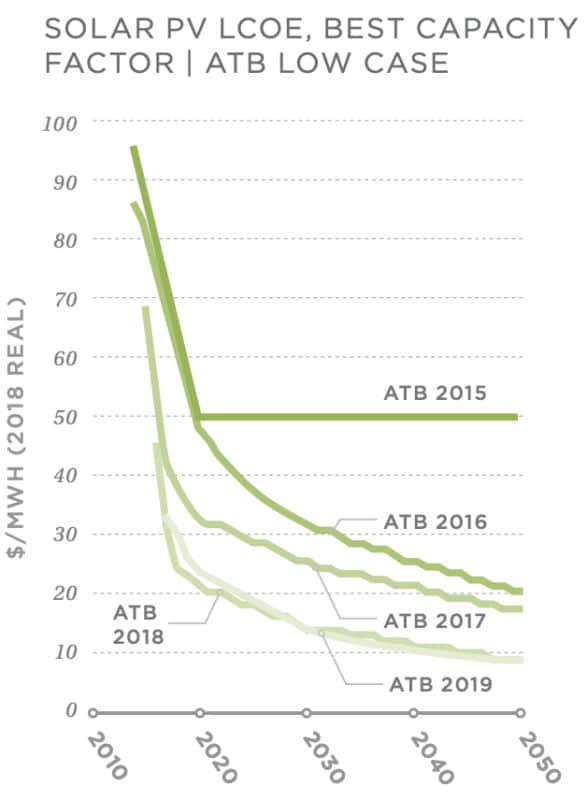
A key challenge in resource modeling is deciding which cost projections to use. The authors of the grid study wrestled with the cost projections from the National Renewable Energy Laboratory’s Annual Technology Baseline (ATB). Those cost projections for renewables “were revised downwards almost every year” since 2015, they say, as shown at right for solar power.
The team wanted to “capture the deep cost reduction already observed” in existing renewable energy power purchase agreements, for delivery up to 2021, said co-author Nikit Abhyankar, a senior scientist at UC Berkeley, in an email. To do so, the team used ATB low-case cost assumptions up to 2021, and for later years “assumed a conservative cost reduction trajectory” using cost reductions in line with the ATB mid-case, Abhyankar said.
Complementary approaches
The report notes that to achieve deep decarbonization, complementary approaches could help, including demand response, flexible electric vehicle charging and water heating, renewably produced hydrogen, long-duration storage, and small modular nuclear reactors. “Such approaches could cost less than retaining significant natural gas capacity that is rarely used,” the authors said.
Modeling
The projected emission reductions for three pollutants under the 90% clean grid are shown in the image at the top of this story. Benefits of avoiding CO2 were calculated based on a social cost of carbon starting at $40 per ton in 2020, and increasing to $50 per ton in 2035, said Abhyankar. The remaining CO2 emissions are from 10% gas generation.
Transmission costs in the 90% clean grid are modest, adding only 0.2 cents/kWh to total system costs, as they mainly involve transmission spurs from new renewable generation to existing high-capacity transmission lines or load centers.
By 2035, “a high percentage of the coal and older natural gas units will be fully depreciated and can be retired at little or no cost to consumers, and minimal stranded costs,” the study says.
The study team conducted power-sector modeling in consultation with a technical review committee, using NREL’s publicly available ReEDS model to evaluate capacity expansion, and the Plexos model for production cost modeling. The study simulated hourly operation of the modeled grid for each hour in seven weather years, to ensure reliability.
The study used datasets on generation and transmission assets made publicly available by the U.S. Energy Information Administration and the Federal Energy Regulatory Commission.
The authors of “2035 Report: Plummeting Solar, Wind and Battery Costs Can Accelerate Our Clean Energy Future” are three UC Berkeley senior scientists—Amol Phadke, Umed Paliwal, and Nikit Abhyankar; two GridLab staff—Ric O’Connell and Taylor McNair; consultant Ben Paulos; and David Wooley, director of the UC Berkeley Center for Environmental Public Policy. The study was published by the Goldman School of Public Policy at the University of California Berkeley, and funded by the MacArthur Foundation.
Authors of the companion policy paper, “Rewiring the U.S. for Economic Recovery,” are Sonia Aggarwal and Mike O’Boyle of Energy Innovation.
This content is protected by copyright and may not be reused. If you want to cooperate with us and would like to reuse some of our content, please contact: editors@pv-magazine.com.
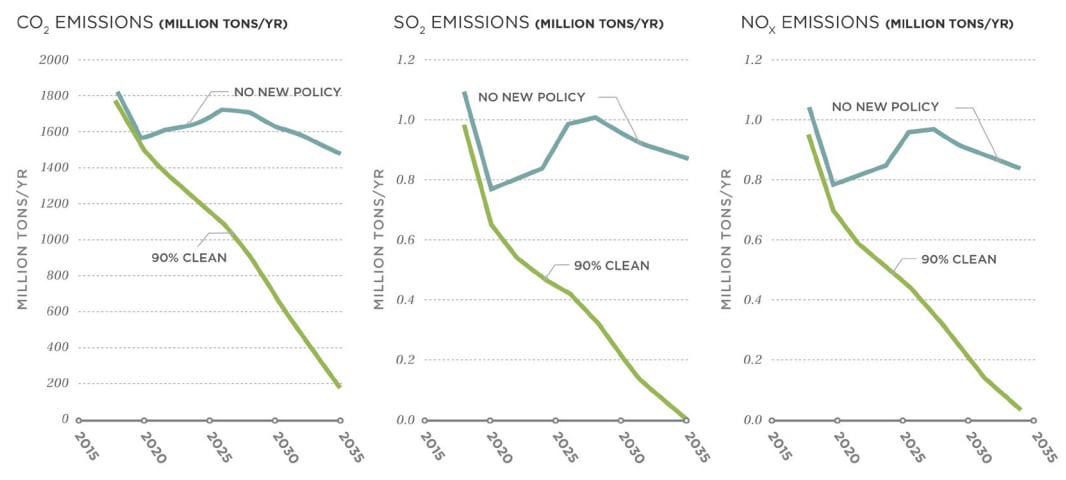
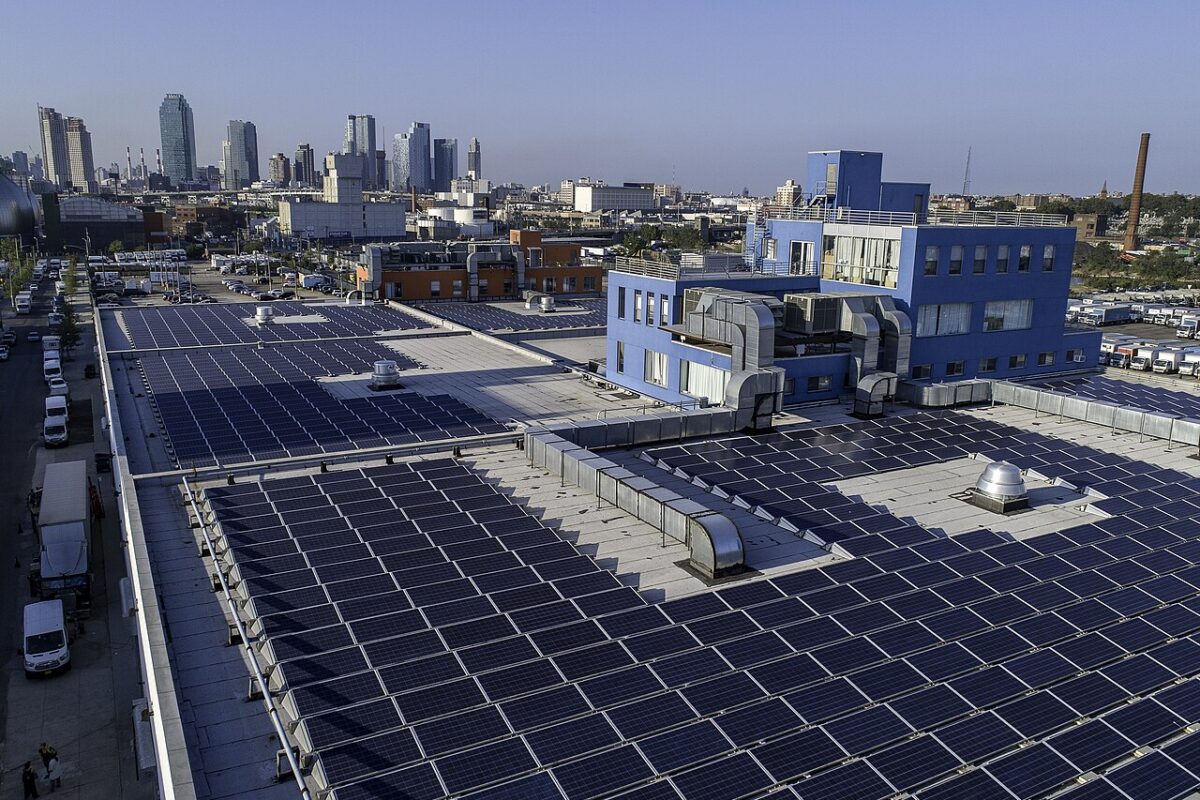




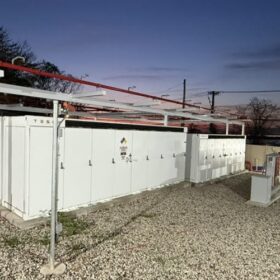
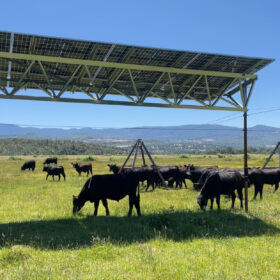
Why are energy storage systems stuck on the 4 hour design model? One can take a 1MW/4MWh cargo container and set them then wire them in such a way as to make a n by n matrix of power blocks. IF you have 50 of these things, you could configure power blocks as 50MW/200MWh or 1MW/200MWh. Series/parallel to create a variable dispatchable generation output or parallel into a fast reacting grid services energy storage system. Getting away from 4 hours into the 12 to 24 hour energy storage will allow, energy storage during the “duck curve”, time shift energy use until after dark, instead of expensive natural gas turbines.